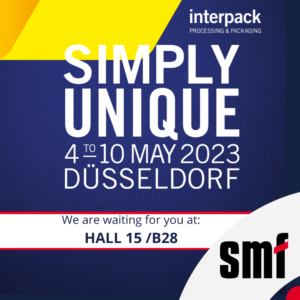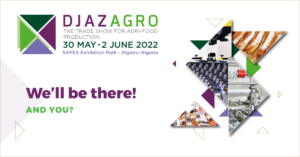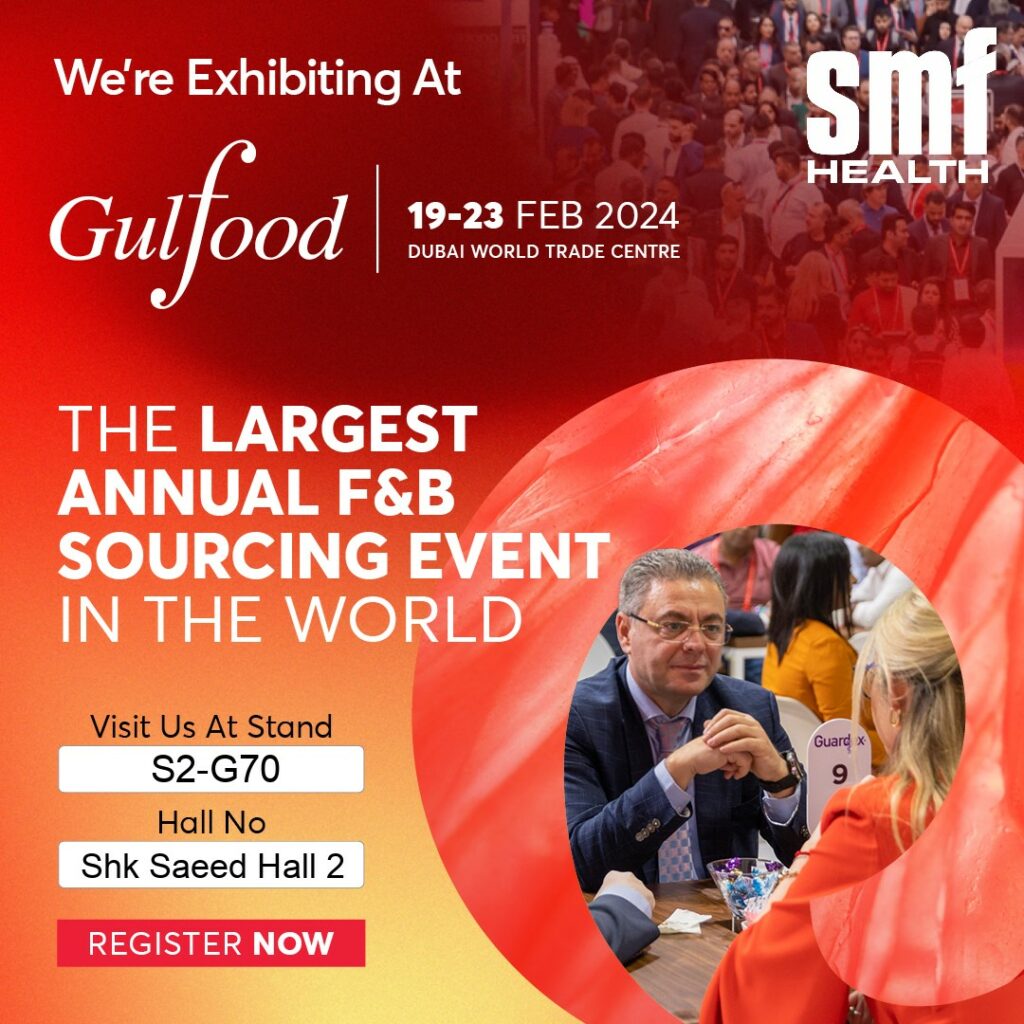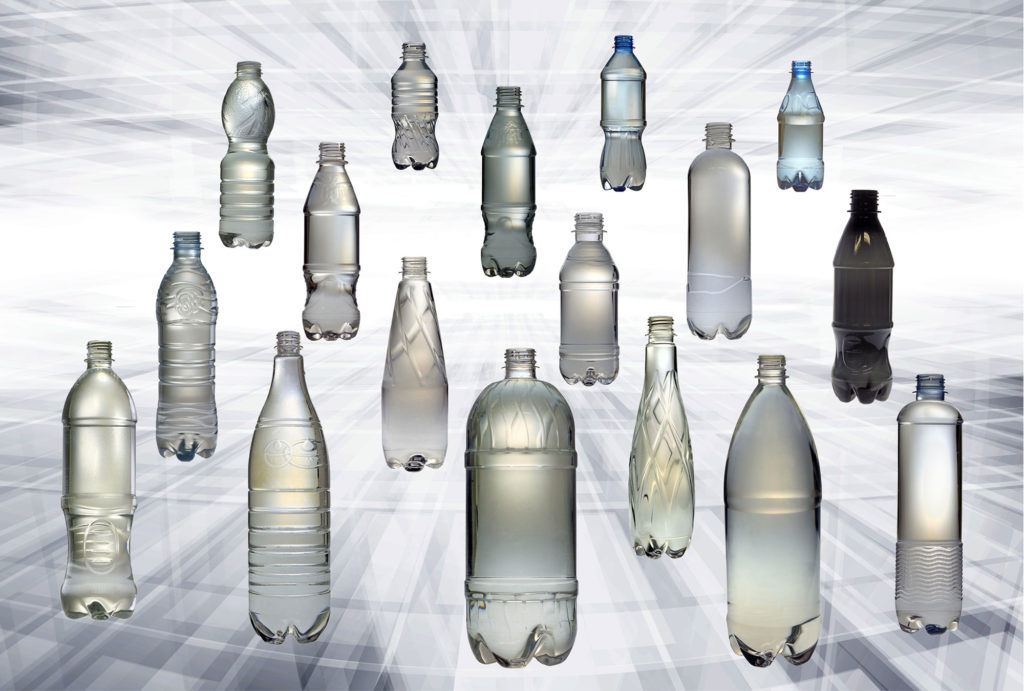
The soft drinks market is growing rapidly. Carbonated drinks, energy drinks, isotonic drinks and mineral water with various types of additives are an important part of this market. In order to meet consumer needs, manufacturers are expanding their product portfolio.
It is, therefore, no surprise that there has been a steady increase in sales of carbonated drinks, particularly those that, as well as having
a refreshing effect, are also supposed to improve our mood, performance, memory and concentration.
Today we will focus on the packaging of these types of drinks. PET bottles for carbonated drinks have a special construction that increases their resistance to internal pressure so that the bottle retains its functionality and shape during transport or refrigeration. What else is worth knowing about this subject?
PET – the ideal solution
PET is currently the most popular material used to produce bottles for carbonated soft drinks. The widespread use of thermoplastic polymer as a packaging material stems from its numerous properties, such as glass-like transparency, lightness, flexibility, hard surface and mechanical strength, i.e. resistance to shattering even under the most difficult transport conditions.
PET is resistant to abrasion. It also shows resistance to weak acids, alkaline solutions, fats and oils. Additionally, it is very easy to process, so PET bottles may be shaped and coloured in any way, which gives the final product an attractive, original look.
How are PET bottles produced?
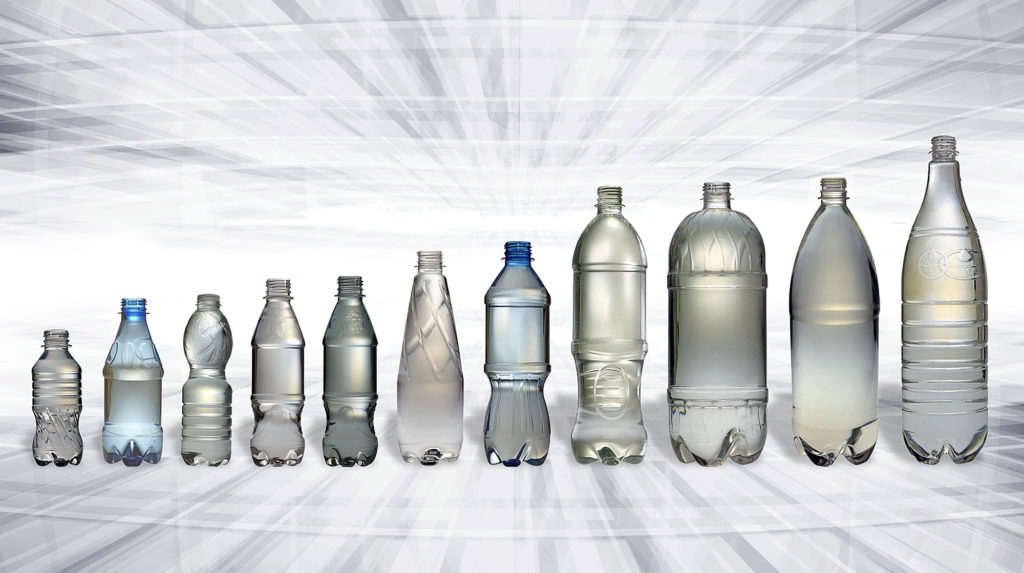
PET bottles are made from preforms on special machines called blowing machines, blow moulding machines or simply bottle making machines. This process involves two stages.
In the first stage, a semi-finished product called a preform is produced. Using the injection moulding of molten PET pellets,
a semi-finished product ‒ PET preform ‒ is produced on injection moulding machines. Although the entire process takes only
a few seconds, it allows more than 100,000 performs per hour to be produced. This is usually handled by specialist companies that exclusively produce preforms on high-performance injection moulding machines and offer a wide range of preforms with different weights, colours, shapes and thread sizes.
The second stage of production is the manufacture of a finished PET bottle from a preform, which usually takes place in a factory where beverages are produced and a PET bottle blowing machine is part of the bottling line. After being properly oriented, PET preforms
are transported to a plasticisation system where they are heated to a temperature of approx. 80ºC.
The next stage involves blowing, during which the bottle acquires its final shape. This process takes place in the part of the machine called the closing unit, where the preform is pre-stretched by means of a stretching rod and blown with compressed air in the next stage. During the blow moulding process, the final shape of the product is formed in the closing unit and fixed by cooling the bottle before it leaves the unit. The finished bottle can be filled with the product straight away – thus maintaining its cleanliness as well as
the high efficiency of the entire production process.
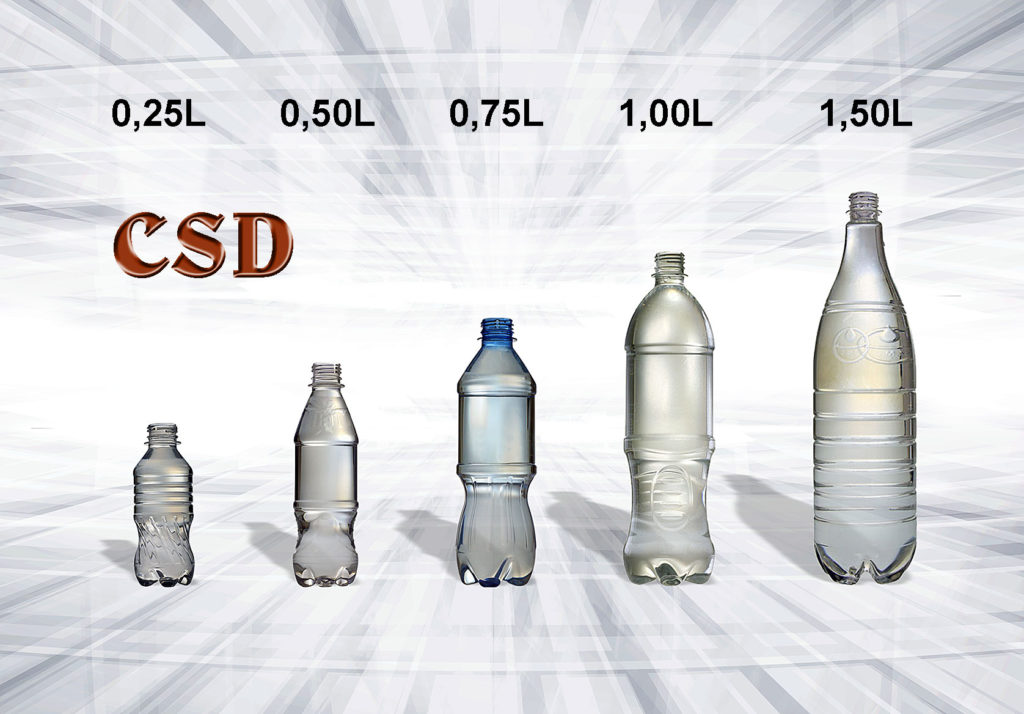
A single PET blowing machine can produce multiple bottle formats ‒ 100ml, 250ml, 500ml, 1500ml and even 3000ml. Their appearance can also be varied, as each bottle is produced in an individually designed mould, hence the possibility of different, unique designs. Changing the type of produced bottle requires only a simple replacement of the mould, an operation that is all too easy. In the case of the SMF Optima 8 blowing machine, it only takes 15 to 30 minutes! The ease and speed with which the blowing machine can change formats are very important for the operation of the entire filling line. In order to best meet customer expectations, beverage producers want to have the ability to produce a wide range of bottles on a single production line, from small 200 ml bottles to large 2000 ml volumes.
Recycling of PET bottles
The rumours circulating around plastics are mainly due to inadequate waste management. It is worth noting that PET packaging can be fully processed and reused as long as it goes for recycling.
First, the used bottles are segregated, sorted and washed before being properly recycled:
- Mechanical recycling – involves the shredding of material, resulting in regranulate or recyclate. The resulting raw material can be reused in its entirety.
- Chemical recycling – plastic is separated from various types of impurities during thermal degradation or as a result of a chemical reaction. This yields the substance needed to produce new materials.
Out of all the beverage packaging available on the market: glass, cans, plastic bottles, cartons, the recycled PET bottles are the ones that have the least impact on the environment. Producing and processing such packaging requires the least amount of energy and natural resources (e.g. water). A 500 ml plastic bottle weighs 16-20g, while a similar glass bottle weighs as much as 0.5kg. The production of
PET packaging is also associated with much lower CO2 emissions compared to glass processing because it takes place at a much lower temperature and therefore uses less energy.
When considering the choice of the most suitable material for the production of bottles for carbonated drinks, it is worth opting for PET. A bottle made of this material ensures ease of use, enables the proper presentation of the product, provides durability and safety in transport, and in addition – the process of producing this packaging is cheap, simple and environmentally friendly.

